"Previously, about five years ago, we didn't feel as much impact from climate change. We could still observe when it was winter or summer. Now, things are very different, because it's very hot, very humid, and it's difficult to produce foods like cassava and its derivatives, which are the basis of our diet." This is the account of Zenilda Bentes, deputy chief of the Araçazal village, in the Kumaruara territory, located in the Tapajós Arapiuns Extractive Reserve (RESEX), in Santarém, Pará.
Zenilda's words address just a small sample of what the forest peoples have faced due to climate change, with direct impacts on their health and well-being. "For us, these are climate emergencies because we are constantly living in a state of emergency. There's a lack of drinking water because the artesian wells are drying up. We receive water from the Civil Defense occasionally, but we still have to buy bottled water, which is very expensive, not only for the packages but also for the boat freight from Santarém. We are also very vulnerable in terms of food, because we are unable to produce certain crops, and there is little fish. Even the cassava is rotting and boiling. It's difficult to maintain any crop without water. If there is no water for drinking, imagine for irrigation. We are in a state of food and water insecurity emergency," laments Zenilda.
The scenario described by the deputy chief is repeated throughout the Amazon, affecting Indigenous communities, quilombolas, extractivists, and riverside communities. The consequences for the health of these populations are significant. According to Zenilda, climate change has brought with it an increased incidence of diseases that were previously less common in the territory, such as diarrhea and viruses. "We have noticed that the children and the elderly, in particular, are being more affected by these diseases," says the indigenous leader.
AFFLICTIONS
Physician, biomedical scientist, and university professor David Bichara, organizer of the e-book "Climate Change and Infectious Diseases in the Amazon: A Contribution to the Forest COP," confirms the vulnerability of some specific groups to climate change. "Each group has its own peculiarities, depending on age, housing conditions, and the presence of comorbidities, which can directly affect the immune system. Pregnant women and children are generally more vulnerable in this process, as, for example, with malaria and dengue fever, diseases in which their transmission is impacted by the current temperature change. Elderly people and those with chronic diseases suffer from the destabilization of their conditions due to heat waves, in addition to difficulties in accessing healthcare," he comments.
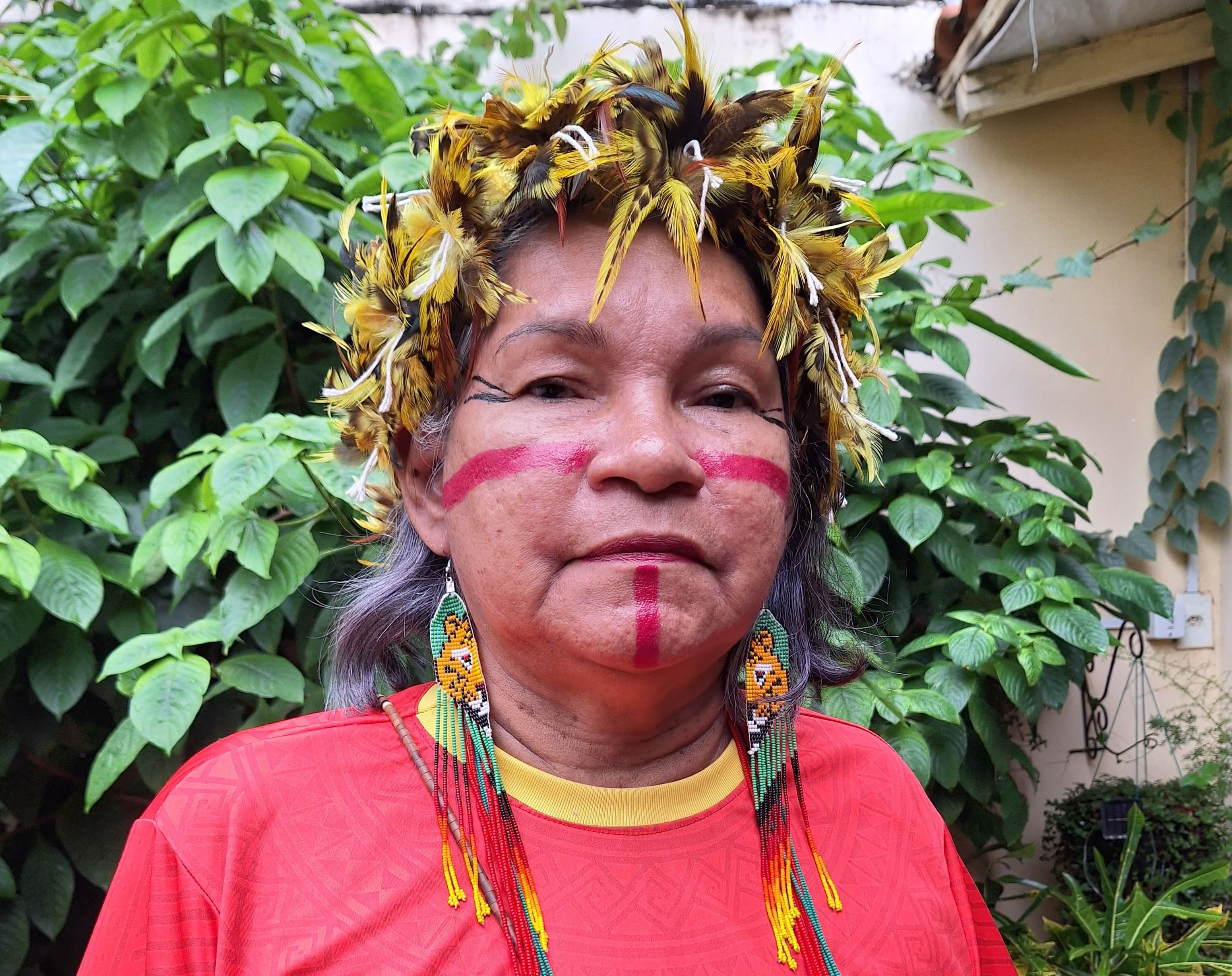
According to biologist Carine Aragão, a technician with the Environmental Health Surveillance Coordination Office of the Pará State Health Department (Sespa), the health impacts of climate change can be numerous. "Heat waves, for example, cause dehydration, heat stroke, low blood pressure, and even heart attacks. Floods, in turn, can cause an increase in waterborne diseases such as hepatitis A, leptospirosis, diarrheal diseases, and gastrointestinal diseases. Furthermore, the increase in wildfires has directly impacted the rise in respiratory diseases. There has been an increase in asthma, bronchitis, and the worsening of chronic lung diseases," she explains.
STATISTICS
According to biologist Carine, from 2023 to 2024, years in which the drought was severe, there was an increase of approximately 35% in diarrheal disease cases in the affected areas in the state of Pará. Outpatient procedures for respiratory problems, such as inhalation and nebulization, increased 78% year-over-year.
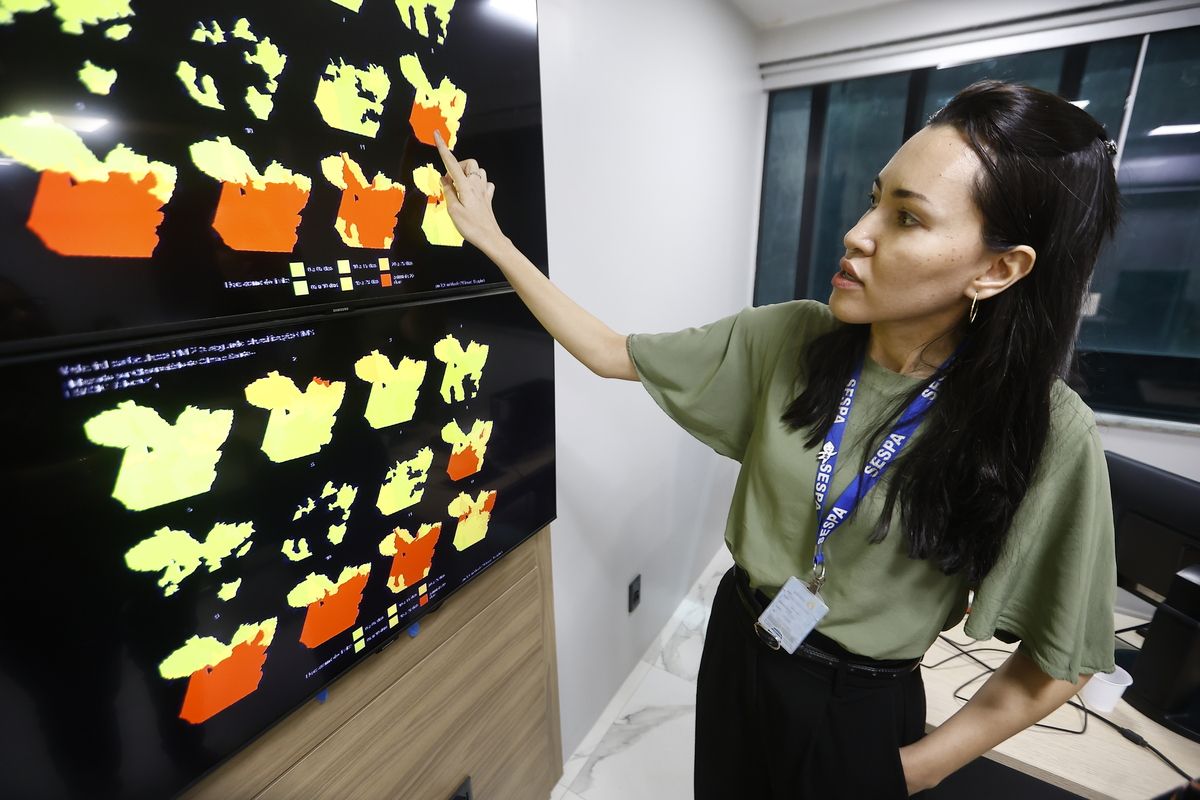
Telehealth Reports Increase in Illnesses
Juliana Rezende is the executive secretary of the Forest Peoples Connection Network, which brings together several organizations to connect Amazonian forest populations with broadband internet. The initiative already serves 1,800 Indigenous, quilombola, extractive, and riverine communities in the Amazon and also includes a health component, with telehealth consultations through an app, Conexão Saúde. According to Juliana, the experience with these consultations attests to the increase in cases of diseases related to climate change.
"We have noticed that climate change, especially the frequency of extreme hydrological events and wildfires, has directly impacted the health of communities, affecting both water and air quality. One example is the relationship between air quality and the increase in consultations for respiratory problems. A recent survey, conducted in recent months, revealed that 22% of requests for care through Conexão Saúde were related to respiratory issues. Gastrointestinal diseases have also been significant," says the project secretary.
The increase in the number of cases ends up impacting the healthcare system. "There's an increase in demand, which ends up overloading the healthcare system. And there's also an impact on the logistics of care, because, with the drying up of rivers, some communities end up isolated, and healthcare professionals can't get there," Carine Aragão points out.
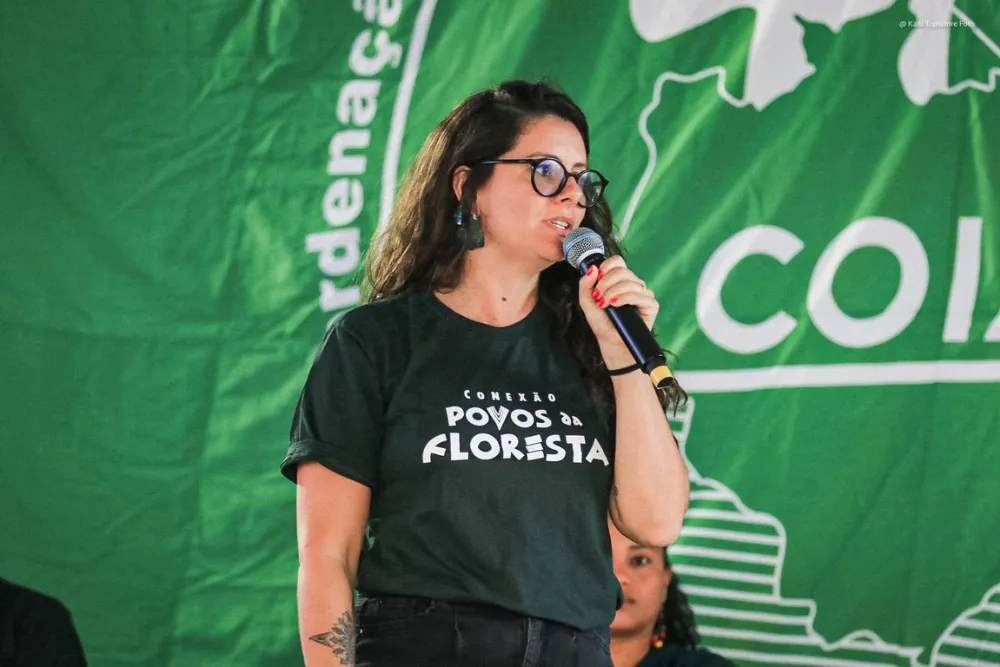
IN PARÁ
According to the Sespa biologist, the region most affected by the increase in health problems in Pará is the Baixo Amazonas, in the west of the state. "Since the drought begins first in Amazonas, these impacts are reaching Pará, with the drop in river levels, which impacts the communities that rely on that water for subsistence. We can cite, for example, the municipalities of Almeirim, Alenquer, and Prainha as the most affected. Regarding the impact of the fires, we have the municipalities of São Félix do Xingu, Novo Progresso, and Altamira, which saw an increase in respiratory diseases last year," Carine explains. In Marajó, the main affected cities were Muaná, Santa Cruz do Arari, and Chaves. "There, the drought leaves riverside communities isolated, making it difficult for health teams to travel," he adds.
“Situation room” seeks to respond to the crisis
Nationally, the Ministry of Health created the Sala de Situação Nacional de Emergências Climáticas em Saúde [National Situation Room for Climate Emergencies in Health] in 2024. The mechanism's objective is to address climate emergencies that impact the population's health. The idea is to continuously monitor the regions and thus respond efficiently in the event of extreme events.

One of the actions carried out is visits by ministry technicians to the communities. In October of last year, for example, a team traveled to Chaves, which was experiencing a severe drought and a process of salinization of the river water due to the advance of seawater. The unsafe water led to an increase in diarrheal and skin diseases. Working with state and municipal governments, Ministry of Health professionals collected data to develop a diagnosis and plan strategic actions to assist the population.
ACTION PLAN
At the state level, in Pará, Sespa has been preparing to face the crisis by developing an action plan for climate emergencies in the health sector, in collaboration with the Ministry of Health, State Civil Defense, and the State Secretariat of the Environment. The plan should define the actions and flows of each sector and the strategies for providing assistance to the population.
"We need to assess what are the risks in the specific regions and intensify the adequate health actions in those areas, such as sending emergency supplies and medications. This is a way for us to try to minimize these health impacts. We have even been preparing for an early shipment of these supplies, because it is known that certain areas, at certain times of the year, tend to be isolated and we are unable to deliver these materials. So, one of the strategies is to send them in advance," explains Carine Aragão. Furthermore, Sespa has intensified guidance regarding diseases related to climate change. "We've issued information to both the public and health professionals about the situation, and we've reinforced health education for teams," he adds.
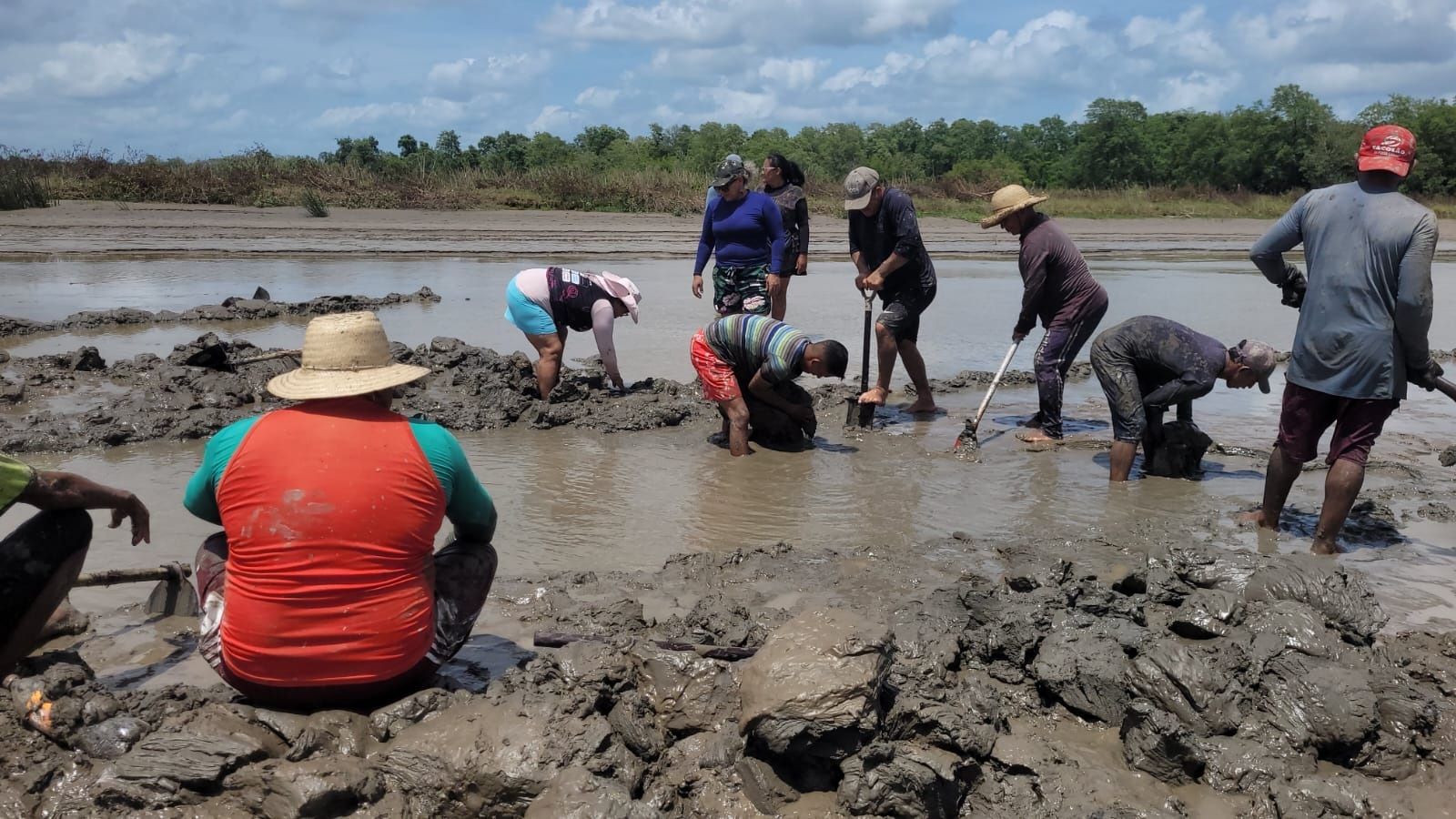
Amapá Reports Saltwater Invasion
Bailique is a district of the municipality of Macapá, in Amapá. It's an archipelago with eight islands and several riverside communities. One of them is Arraiol do Bailique, where Inesiane Lopes lives.
According to Lopes, the consequences of climate change in her community have been increased drought and wildfires. "And, in addition to the drought and fires, our territory has suffered from saltwater intrusion. The rivers lost their strength, and the sea rose, taking over what used to be freshwater," she reports.
The consequence is a lack of drinking water. "We receive drinking water from the government and also from non-governmental institutions, but it’s not enough for our needs. We need fresh water for everything, and the water that arrives is only for drinking. Therefore, many families collect rainwater during the rainy season, treat it, and save it for use in the summer," says the community leader.
According to Inesiane, this situation has led to an increase in respiratory illnesses due to the smoke, as well as skin and intestinal diseases due to the saltwater. Besides being a leader, she is also a nursing technician and knows the local health situation firsthand.
"Our only means of transportation is the river, and with the drought, boats can't pass through, only at certain times of the day. So, the community is isolated, far from any help in an emergency. The only way to get out is by helicopter," she says. To try to address the problem, the community itself is working to manually dig the riverbed to open a passage for boat traffic.
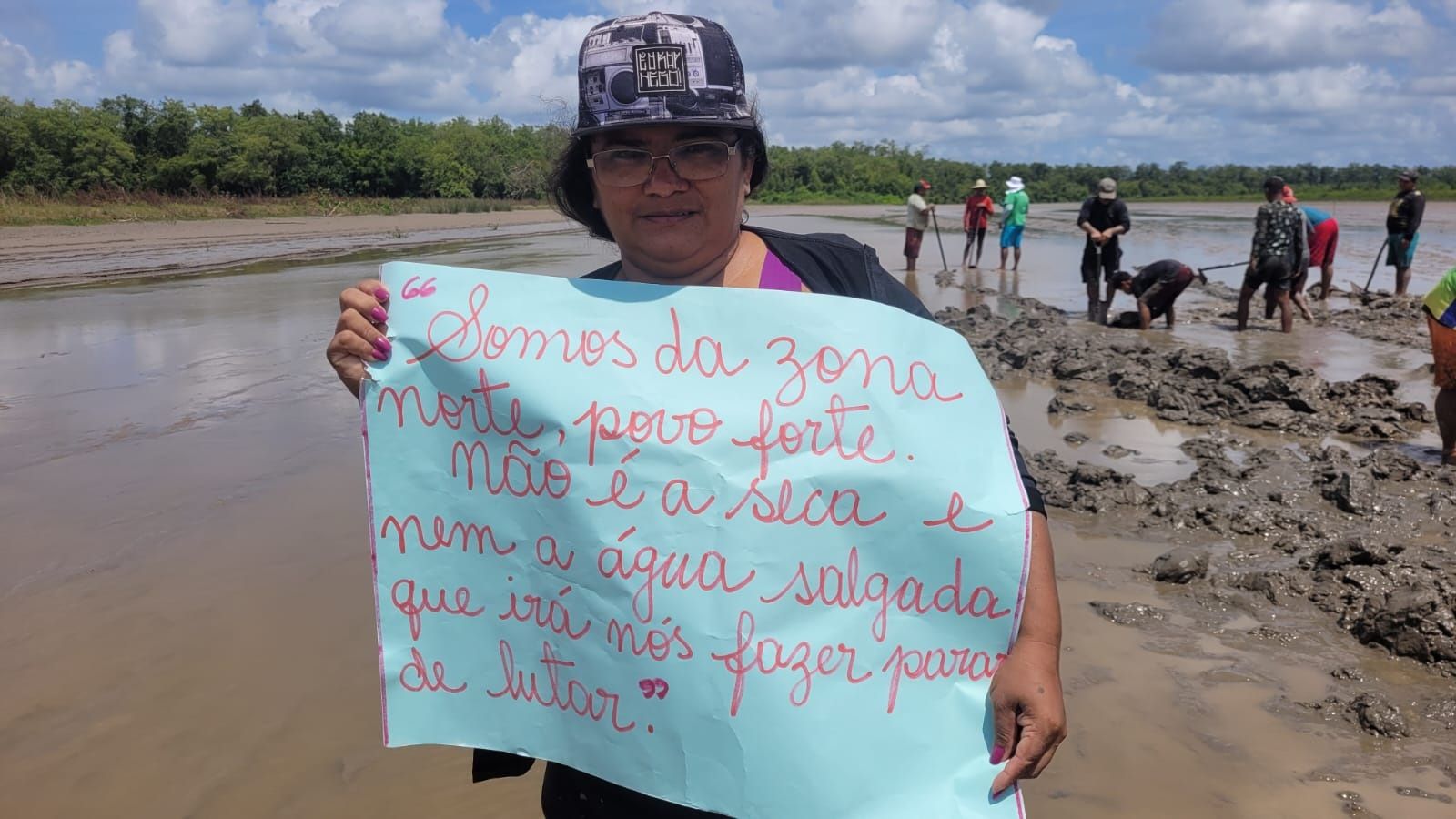
REQUEST
Indigenous woman Zenilda Bentes requests public health policies and the provision of clean water. "We need this to live better, to cultivate our crops like our taro, our potatoes, and our chickens, and not depend on sporadic aid. We don't want to leave our territory, because our place is beautiful. But we need alternative ways of living, because right now things are difficult," she pleads. "And we want an end to pollution. We're not against development, but it needs to be sustainable development. We're on the cusp of COP 30, and we want countries to look at us and see how much our lives have been impacted," she concludes.
Inesiane makes a similar plea. "We ask governments to look at us with care, to create public policies for the environment and for us who live in the forests. We are the guardians of these forests and these rivers, and we need policies to put what we know into practice. We just need help."
INSTITUTIONAL PARTNERSHIP
The production of Liberal Amazon is one of the initiatives of the Technical Cooperation Agreement between the Liberal Group and the Federal University of Pará. The articles involving research from UFPA are revised by professionals from the academy. The translation of the content is also provided by the agreement, through the research project ET-Multi: Translation Studies: multifaces and multisemiotics.